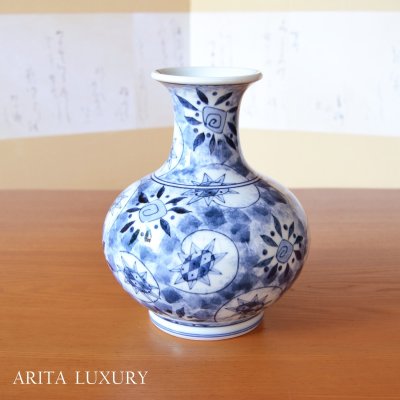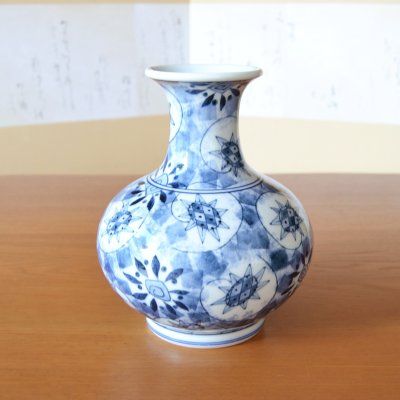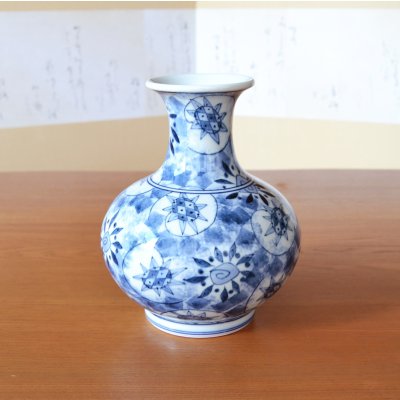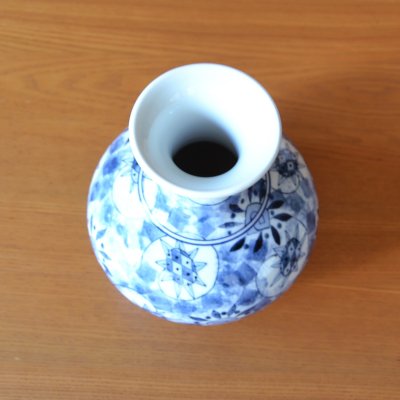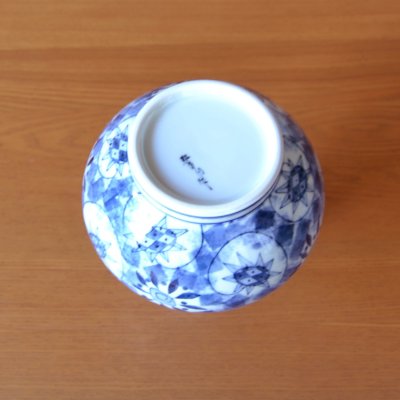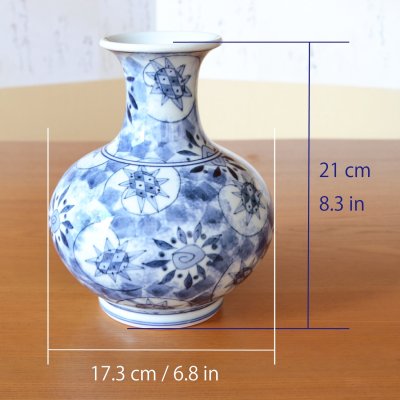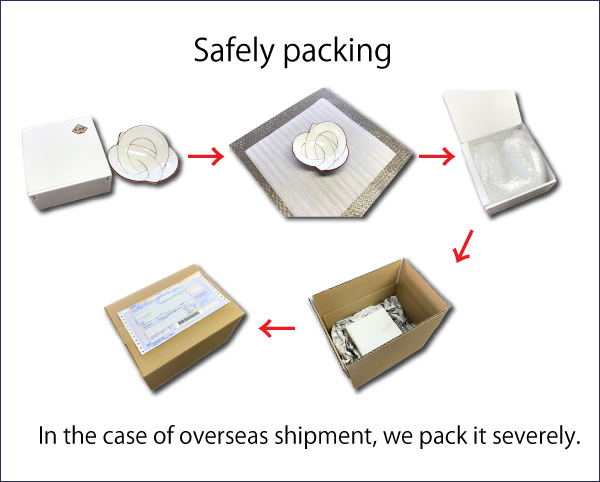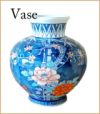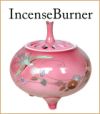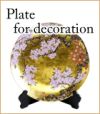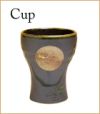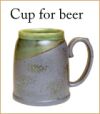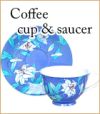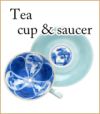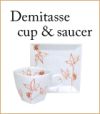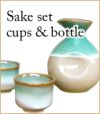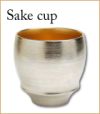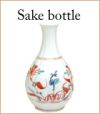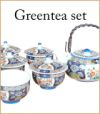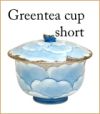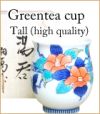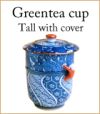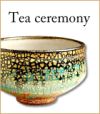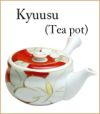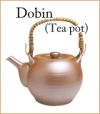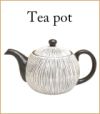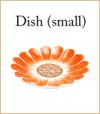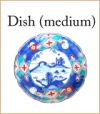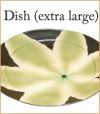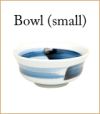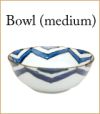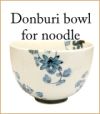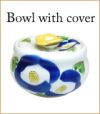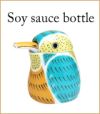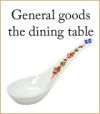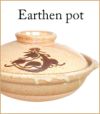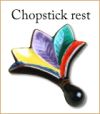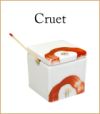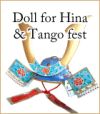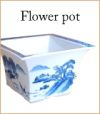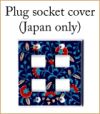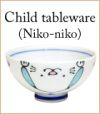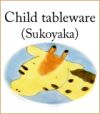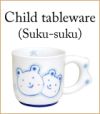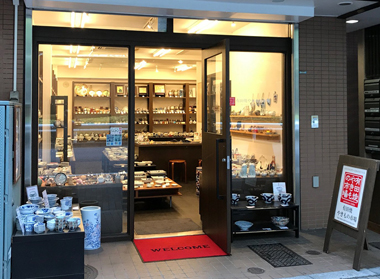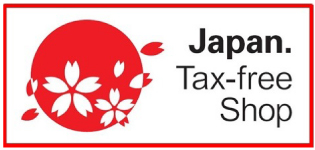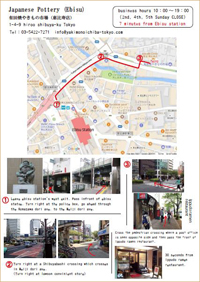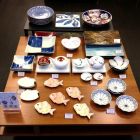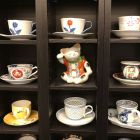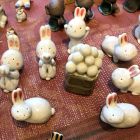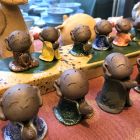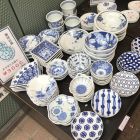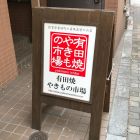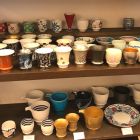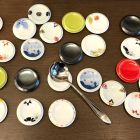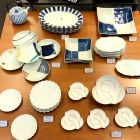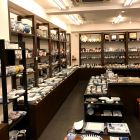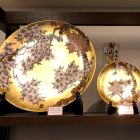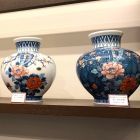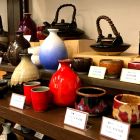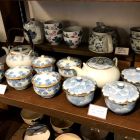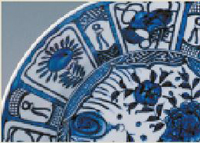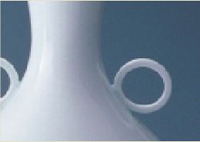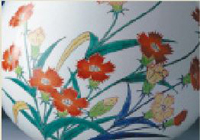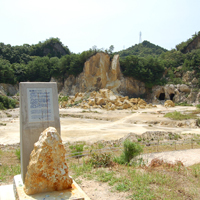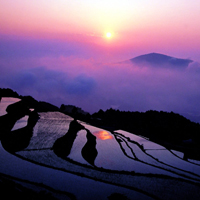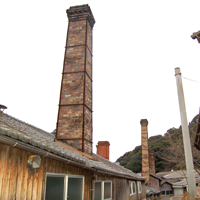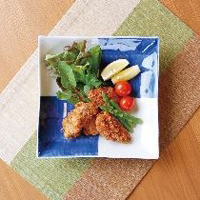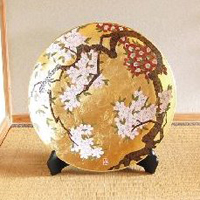Vase Sometsuke Hana-e Flower | The first-generation head of the Shinemon Kiln [146182]
Vase Sometsuke Hana-e Flower | The first-generation head of the Shinemon Kiln
[146182]
Price: 132,000JPY
Weight: 2000g
Low stock
[size]
Width: 17.3cm / Height: 21cm
Width: 6.8in / Height: 8.3in
-----------------------
This is a work by the predecessor and first-generation master of Shinemon Kiln, Shinichiro Baba (posthumously Shinemon), a kiln that represents Arita ware. The piece features a floral design expressed in sometsuke (blue-and-white underglaze).
Today, Shinemon Kiln is recognized as a leading studio in the yohen technique, a method that requires masterful control of glazes. However, this work is not yohen but sometsuke. The reason is that this vase was created by the founding master himself during his career. Through sometsuke, the fundamental painting technique of Arita ware, one can clearly see how he demonstrated his artistry and skill. Since the current Shinemon Kiln rarely produces sometsuke works, this piece is now highly rare and valuable.
Though modest in size, it has sufficient capacity to hold flowers gracefully, making it an ideal shape for arranging plants indoors. Its versatile form allows it to be placed anywhere, adding a touch of quiet color to everyday life. While floral in theme, the design avoids strict realism, opting instead for a decorative expression that gives an abstract and refined impression. The bold deconstruction of motifs sparks the viewer’s imagination, evoking a unique beauty where tradition and modernity harmonize.
From the perspective of technique, this work is executed in sometsuke. This involves painting on the bisque-fired body before glazing. With the distinctive flow of the brush and subtle touch unique to this technique, a delicate world of decorative imagery is vividly conveyed. Because the absorbent bisque body does not allow corrections, every line must be executed in a single decisive stroke. It is a one-shot endeavor that requires perseverance, concentration, and compositional skill?all of which come together in the completion of this piece.
[Potter Profile]
Shinichiro Baba (deceased)
The first-generation head of the Shinemon Kiln
Member of Nitten / Full Member of the Japan Contemporary Arts and Crafts Association / Member of the Saga Prefecture Ceramic Association / Member of the Arita Ceramic Association
[Shinichiro Baba's career is as follows ]
Born in 1924 in Arita, Saga Prefecture
1972: Founded the Shinemon Kiln in Arita.
1979: Selected for the Prefecture Exhibition with "Hexagonal Celadon Bowl."
1981: Selected for the Nitten exhibition with "Oil Spot Tenmoku Large Bowl," subsequently selected 21 times.
1989: Appointed as an art exhibition judge.
2000: Exhibited "Saiun-99" and "Sai-99" at the British Museum in London (Saga Prefecture Ceramic Exhibition).
2004: Exhibited "Saikei" and "Saimon" at the Arita Pottery Exhibition in Germany.
[Main Awards]
1983: Won the First Place Bijutsu Kyokai Prize at the Bijutsu Kyokai Exhibition for "Cinnabar Flower Vase."
1986: Received the Grand Prize and the Contemporary Craft President's Prize at the Contemporary Crafts Kyushu Exhibition.
1996: Awarded the Contemporary Craft Prize at the Contemporary Craft Exhibition for "Akebono no Nagisa."
2000: Received the Full Member Prize at the Contemporary Craft Exhibition for "Rensaku・Sai."
Width: 17.3cm / Height: 21cm
Width: 6.8in / Height: 8.3in
-----------------------
This is a work by the predecessor and first-generation master of Shinemon Kiln, Shinichiro Baba (posthumously Shinemon), a kiln that represents Arita ware. The piece features a floral design expressed in sometsuke (blue-and-white underglaze).
Today, Shinemon Kiln is recognized as a leading studio in the yohen technique, a method that requires masterful control of glazes. However, this work is not yohen but sometsuke. The reason is that this vase was created by the founding master himself during his career. Through sometsuke, the fundamental painting technique of Arita ware, one can clearly see how he demonstrated his artistry and skill. Since the current Shinemon Kiln rarely produces sometsuke works, this piece is now highly rare and valuable.
Though modest in size, it has sufficient capacity to hold flowers gracefully, making it an ideal shape for arranging plants indoors. Its versatile form allows it to be placed anywhere, adding a touch of quiet color to everyday life. While floral in theme, the design avoids strict realism, opting instead for a decorative expression that gives an abstract and refined impression. The bold deconstruction of motifs sparks the viewer’s imagination, evoking a unique beauty where tradition and modernity harmonize.
From the perspective of technique, this work is executed in sometsuke. This involves painting on the bisque-fired body before glazing. With the distinctive flow of the brush and subtle touch unique to this technique, a delicate world of decorative imagery is vividly conveyed. Because the absorbent bisque body does not allow corrections, every line must be executed in a single decisive stroke. It is a one-shot endeavor that requires perseverance, concentration, and compositional skill?all of which come together in the completion of this piece.
[Potter Profile]
Shinichiro Baba (deceased)
The first-generation head of the Shinemon Kiln
Member of Nitten / Full Member of the Japan Contemporary Arts and Crafts Association / Member of the Saga Prefecture Ceramic Association / Member of the Arita Ceramic Association
[Shinichiro Baba's career is as follows ]
Born in 1924 in Arita, Saga Prefecture
1972: Founded the Shinemon Kiln in Arita.
1979: Selected for the Prefecture Exhibition with "Hexagonal Celadon Bowl."
1981: Selected for the Nitten exhibition with "Oil Spot Tenmoku Large Bowl," subsequently selected 21 times.
1989: Appointed as an art exhibition judge.
2000: Exhibited "Saiun-99" and "Sai-99" at the British Museum in London (Saga Prefecture Ceramic Exhibition).
2004: Exhibited "Saikei" and "Saimon" at the Arita Pottery Exhibition in Germany.
[Main Awards]
1983: Won the First Place Bijutsu Kyokai Prize at the Bijutsu Kyokai Exhibition for "Cinnabar Flower Vase."
1986: Received the Grand Prize and the Contemporary Craft President's Prize at the Contemporary Crafts Kyushu Exhibition.
1996: Awarded the Contemporary Craft Prize at the Contemporary Craft Exhibition for "Akebono no Nagisa."
2000: Received the Full Member Prize at the Contemporary Craft Exhibition for "Rensaku・Sai."
 |
Import duties, taxes, and charges are not included in the item price or shipping cost. When a duty occurs, you are responsible for paying Customs Duties. |
 |
 |
Source: www.exchange-rates.org
